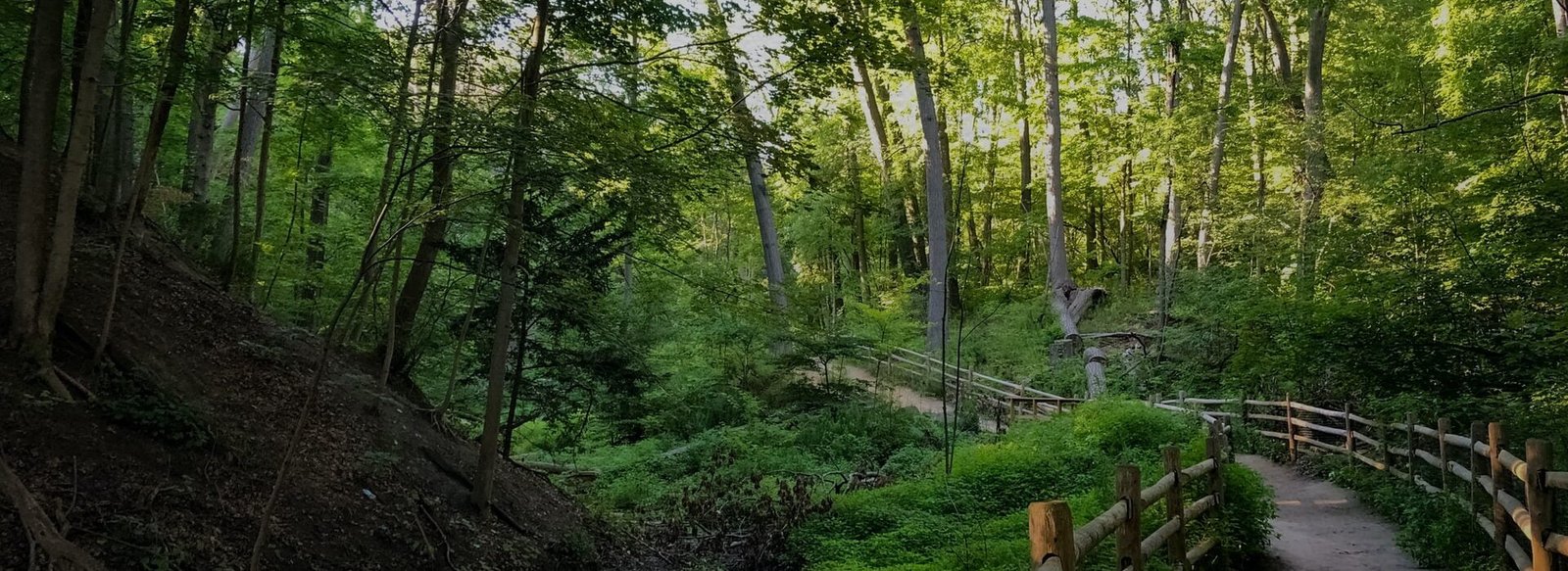A Biosphere Eco-City (BEC) contains an urban core and the surrounding rural area with which it has regular interaction. A BEC is a functional region, in which human processes are prevalent, but in which ecological processes are also present (see Functional Region vs Ecological Region). The rural area will normally include agriculture, forests, or other natural elements. Urban-rural cooperation is a feature of a Biosphere Eco-City.
A Biosphere Eco-City is a functional urban-rural region with both human and ecological processes

Diagram of BEC Zoning by Wayne Roach
The Urban Zone is the built up part of a city, or a cluster of cities, that forms the core of the Biosphere Eco-City. It may contain smaller natural areas (e.g. urban green spaces).
The Rural Zone is the surrounding countryside in which there is significant interaction with the Urban Zone. For example, the Rural Zone will likely provide food, fresh water, and recreation for urban residents. As well, it may be an area of waste disposal, land speculation and a “commuter-shed” (the area from which people commute daily to jobs in the city).
The Rural Zone may include towns and villages providing services to rural residents. The outer boundaries of the Rural Zone are determined by practical factors, including geographic features and the willingness of rural districts to be part of the Biosphere Eco-City.
Choosing the boundaries for the Urban and Rural Zones is subjective. The important thing is to have enough of the rural area around the urban core to include important human and ecological processes. This will provide the scale to permit urban-rural coordination. The objective for this is to balance ecological, social and economic benefits between urban and rural areas. Urban and rural parts of a Biosphere Eco-City should achieve sustainability together.

